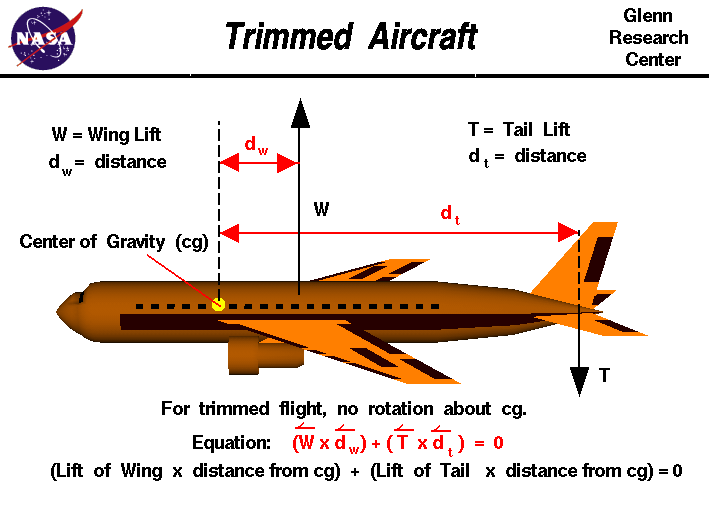Quote:
Originally Posted by cRiPpLe_rOoStEr

I have never seen any reference to the canard as moustache before.
|
I posted the link because of all of the unusual wing layouts. I've seen most of them before but as a collection in simple diagram form it is mind expanding.
Tupolev Tu-144
https://en.wikipedia.org/wiki/Tupolev_Tu-144
Quote:
They also added two small retractable surfaces called a Moustache canard, with fixed double-slotted LE slats and retractable double-slotted flaps. These were fitted just behind the cockpit and increased lift at low speeds.
Moving the elevons downward in a delta-wing aircraft increases the lift (force), but also pitches its nose downward. The canards cancel out this nose-downwards moment..........
|
I've never hear of a Moustache canard before either.
Rockwell B-1 Lancer
https://en.wikipedia.org/wiki/Rockwell_B-1_Lancer
Quote:
|
A pair of small vanes mounted near the nose are part of an active vibration damping system that smooths out the otherwise bumpy low-altitude ride.
|
A true canard acts like a tail wing but in opposite direction to help balance the center of lift and center of gravity.
A tail wing holds down the tail against the moment arm of lift created by the main wings.
Hence a canard holds up the nose against the moment arm of lift by the main wings.
From this a canard provides lift, a strake, chine or vane mostly provides stability, and a Moustache canard combines many of these flight characteristics.
I guess.
Does that sound right?
Welcome to The Beginner's Guide to Aeronautics
https://www.grc.nasa.gov/www/k-12/airplane/
